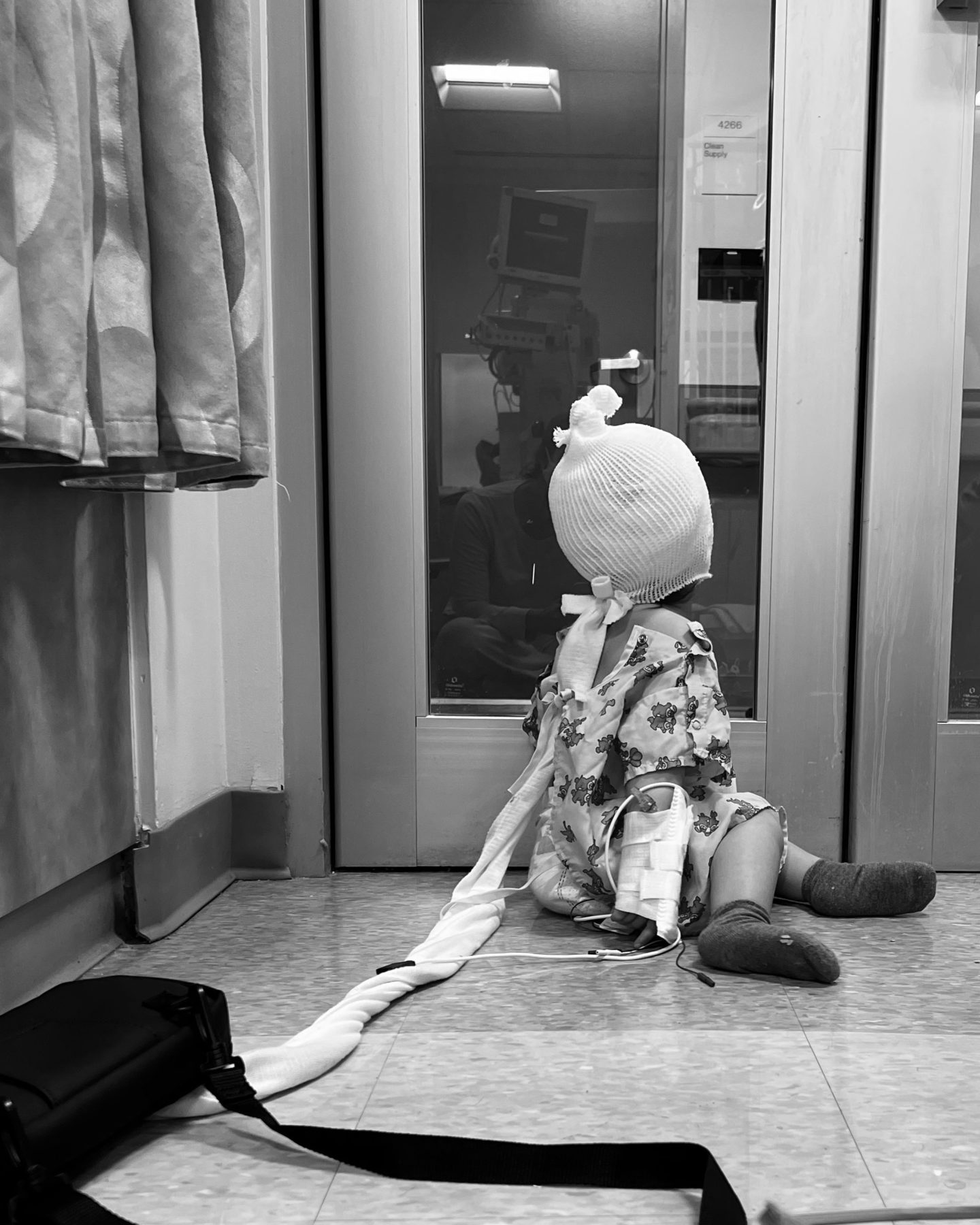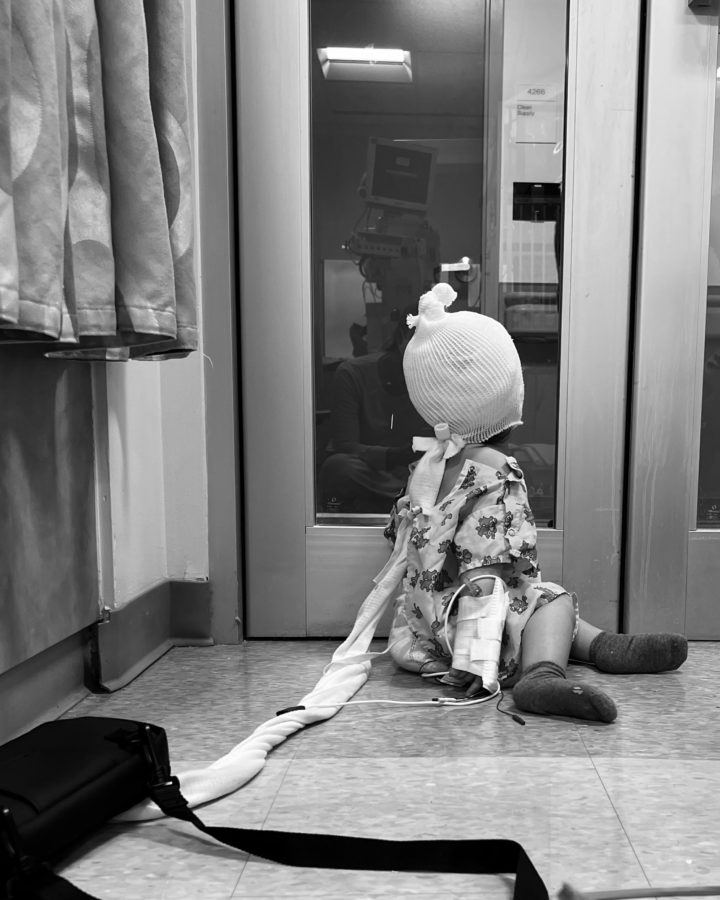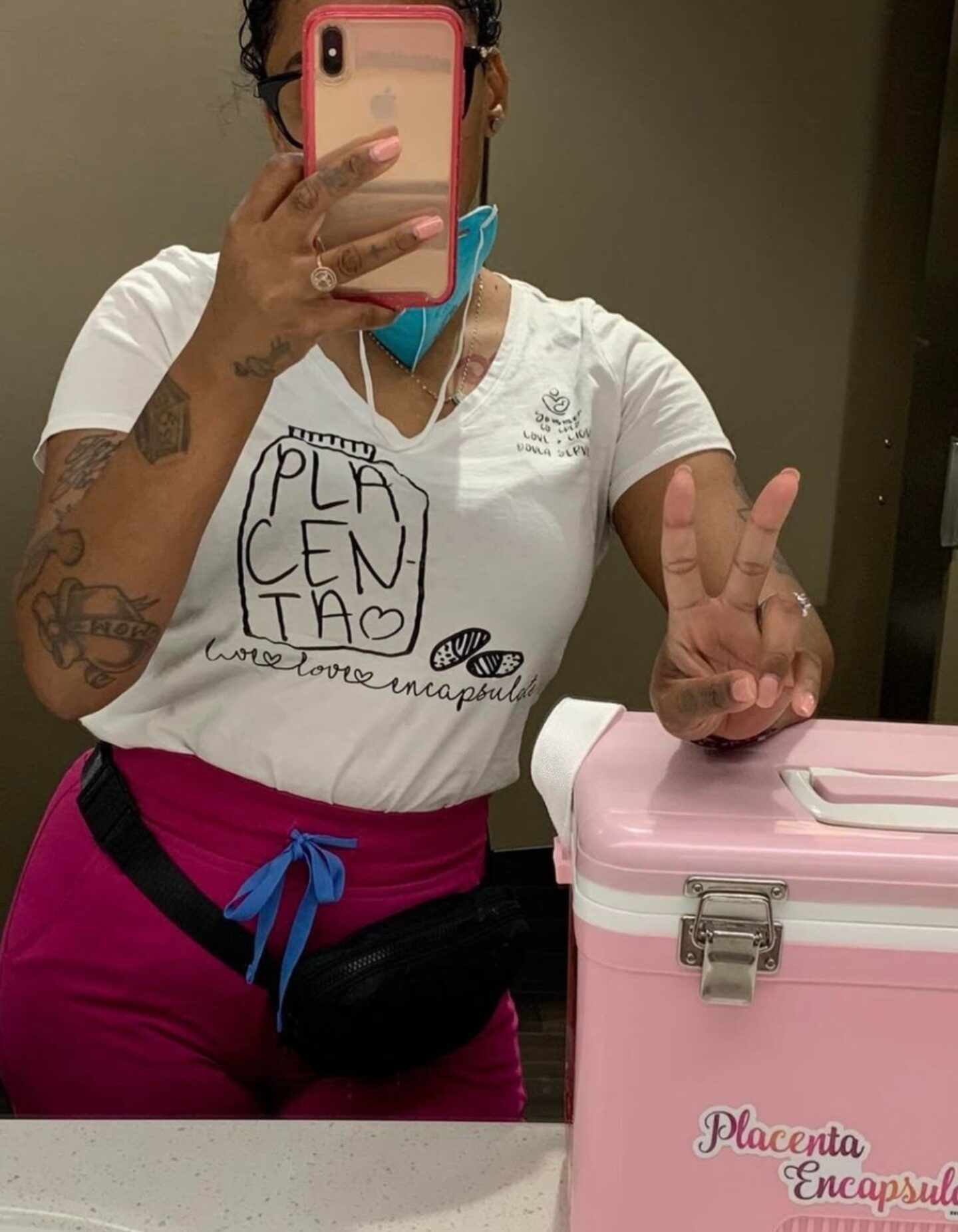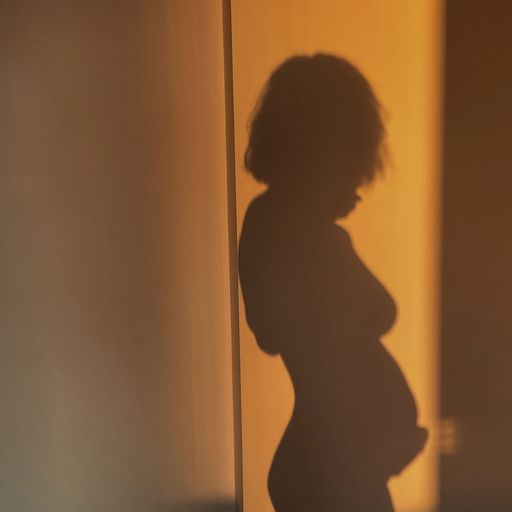There’s no cute way to say this: the last six months have been shit.
First, my 14-month-old son, August, had a febrile seizure. Shortly after, we found ourselves at the plastic surgeon’s for a split lip from a fall on a concrete driveway. He had another seizure three weeks later, and then my mom had a heart attack. Well, actually it wasn’t a heart attack. It was Broken Heart Syndrome, quite literally the saddest named syndrome to ever exist. This is the story of my January to May 2022 and how I’m only now figuring out how febrile seizures have affected me and other parents.
It was a late afternoon in New Jersey and I was escaping our small Jersey City apartment by visiting my mom in the suburbs with August. We’d spent the morning doing all the normal things: making messes in the basement, spilling sippy cups, stacking blocks.
We’d placed him in his high chair for lunch. The light came in through the blinds, danced throughout the room. Little lines of light grazed the back of his head. His golden hair lit up with sparkles. There were blueberries. He picked them up one by one by one. Index finger and thumb. In between, he clapped with happiness. Pure joy. And then, suddenly, in an instance, like no time had passed. And then. And then. It was happening again.
Three weeks earlier, I’d gotten a call from my husband, “Augie is seizing,” he said. I was strong the first time because I didn’t see it happen. I’d only seen the aftermath. The nanny whispered to me a few days later, “he [my husband] was holding him in his arms running from room to room, calling his name out. “August, August, August.” She said the voice coming out of my husband was otherworldly, animal-like. I’d pictured it in my head but couldn’t quite figure out how it might have sounded. I was glad I couldn’t.
And then. It was happening again. This time I was there. Eyes rolled back, chin up. “It’s happening,” I said to my mother, a pediatric nurse of 30 years. She swiftly picked him up. He was limp and lifeless-looking. She was stern and stoic. I was stuck in time.
I felt a pull, as if a heavy blanket had wrapped around me head to toe. Like I couldn’t move. Weighted legs. Stiff fingers dialing 911. Even with the heaviness, there was also a need to run away. As far away as possible, as far as I could get, I didn’t want to stop at all until he was out of my sight.
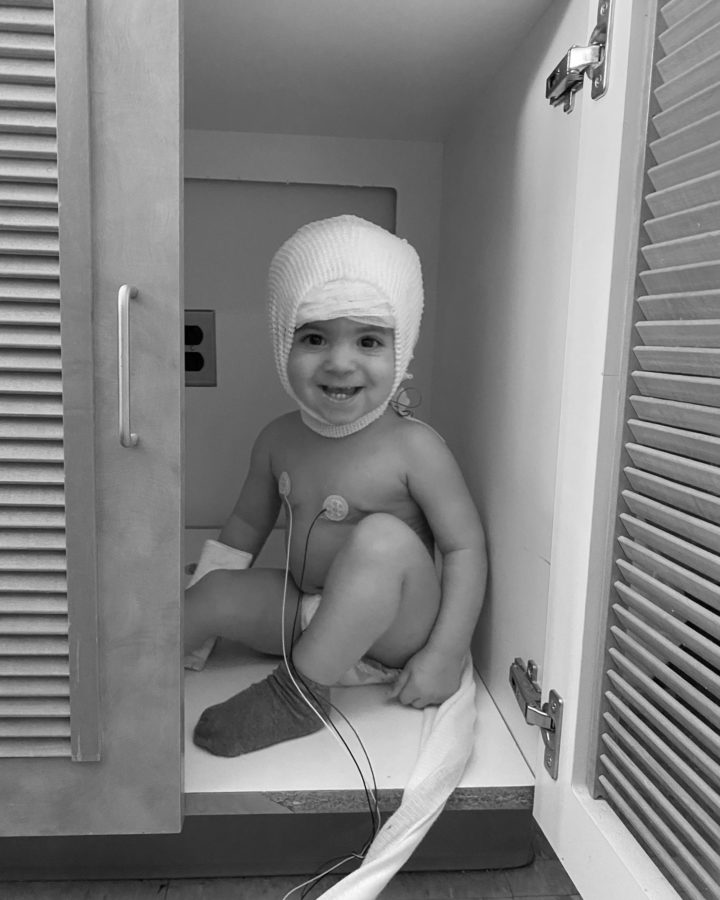

We rushed through the doors of the hospital. The same doors where I’d left with him in his going home outfit 14 months earlier. A teeny hat covering his golden hair, swaddle, knitted boots, sweet smelling. On the floor above the ER, the other mothers in the wheelchairs beamed with their hidden high-waisted postpartum underwear, robes and war wounds – their lullabies and “welcome to the worlds!” Little inked up handprints hang on the walls and balloons float through the air. This time, that same golden hair was being covered in gauze, layers and layers, circling, circling, tape and wires. Tangled up in tubes. Kleenex for me, bloodwork for him, sleeping on the floor for my husband.
In the weeks that followed we learned , or rather, we trudged through mud, to arrive at the diagnosis of Febrile Seizures (which are benign — more on that below). The same thing I’d had as a little girl. I’ve heard stories from my parents during late nights over wine and spaghetti. We heard how my dad fell running to a neighbor’s house searching for help.
I expected this diagnosis in some way. What I didn’t expect was the PTSD I would have, how I would run in at every little sound coming from his room in the months following. How I would feel his forehead throughout the day for any kind of warmth. How I would take his temperature at every diaper change. What I didn’t expect was what would happen next. “Everything is fine, but…” My oldest brother said. “Mommy had a heart attack.”
We rushed through the doors of the hospital. The same doors where I’d left with him in his going home outfit 14 months earlier.
Ever hear of someone dying from a broken heart? That’s Broken Heart Syndrome or “Takotsubo” (a Japanese word for the name of a pot used by fishermen to trap octopuses). When the left ventricle of the heart changes shape, it develops a narrow neck and a round bottom making it look similar to the octopus trap. In very simple terms, it’s heart failure, but it’s more complex than that. It’s heart failure caused by a sudden emotional event. She had seemed stern and stoic but internally there was more going on. Perhaps it was the history repeating itself. Perhaps my reaction meant I put too much pressure on her to make things right. Whatever it was, her heart had changed forever. And well, the truth is, all of ours did.
It wasn’t all bad. I know I said it was a shitty time. It was. But it was like this cosmic sort of hell. Because, in fact, we felt lucky. Looking into the other rooms on the PICU floor is all you need to feel that way. And broken hearts heal, even when you have Broken Heart Syndrome. Completely actually. Our astounding love, the one between a mother and a son, would live on. Some people don’t get that.
We started to feel thankful for the small things. You know. The silly things. Food thrown on the floor. Tickling his forehead at bedtime. Laying on the floor and looking at the glowing stars on the ceiling. Early 5am mornings. Tired, sleepy minds and burning eyes. Diaper changes and creams. Warming bottles in the microwave. Thank you. Thank you. Thank you. The mundane, the stuff that felt hard, became sweeter. Like the blueberries. Little sweet circles of blue. Little sweet boy.
Febrile Seizure Facts
What are febrile seizures? Febrile means having a fever. Seizures are convulsions caused by an abnormal burst of electrical activity in the brain.
- Are triggered by a high fever
- Most often occur in otherwise healthy children, ages 6 months to 3 years
- Last less than 15 minutes
- Usually run in families
Symptoms: Most febrile seizures last only a few minutes and are accompanied by a fever above 101°F. Symptoms may include:
- The child will lose consciousness
- Both arms and legs will shake uncontrollably
- Eye rolling
- Rigid (stiff) limbs
How common are febrile seizures? One in every 25 kids experience them.
- Young children between the ages of about 6 months and 5 years old are the most likely to experience febrile seizures.
- Children are at the greatest risk of having a febrile seizure at age 2.
Outlook: Although they can be frightening for parents, brief febrile seizures (less than 15 minutes) do not cause any long-term health problems.
How it affects us: According to The Journal of Pediatric Nursing, many of the parents could not identify what was happening during the seizure and often thought that it was something serious and life-threatening. Not knowing what it was or how dangerous it might be contributed to the parents’ fear. Many of the parents imagined their child dying. Even the parents who identified it as a febrile seizure felt uncertain as to whether it really was just that.
- Parents feel anxiety, fear and shock when their child suffers a febrile seizure.
- Many parents think their child is dying.
- Healthcare professionals’ support is crucial for how parents handle the situation.
- After a febrile seizure, some parents develop signs of fever phobia.
- Parents tend to overuse antipyretics after their child has had a febrile seizure.
Sources
- Parents Experiences of Their Children Suffering Febrile Seizures, Journal of Pediatric Nursing: https://www.pediatricnursing.org/article/S0882-5963(17)30340-8/fulltext
- Healing a Broken Heart, Cedar Sinai: https://www.cedars-sinai.org/blog/healing-a-broken-heart.html
- Febrile Seizures Fact Sheet, NIH: https://www.ninds.nih.gov/health-information/patient-caregiver-education/fact-sheets/febrile-seizures-fact-sheet
Emmy Marucci is a mother, published poet, writer and content-producer for all things in the baby space (Coterie, Oso & Me, Gooselings). Her book “tell me another story” explores grief, family and the importance of storytelling. She’s currently writing a children’s book with her husband, who is also a writer. For more stories follow her @emmymarucci.
